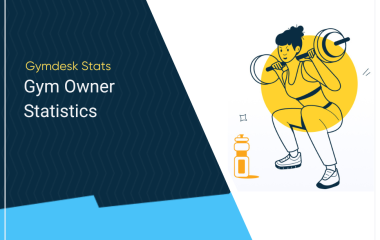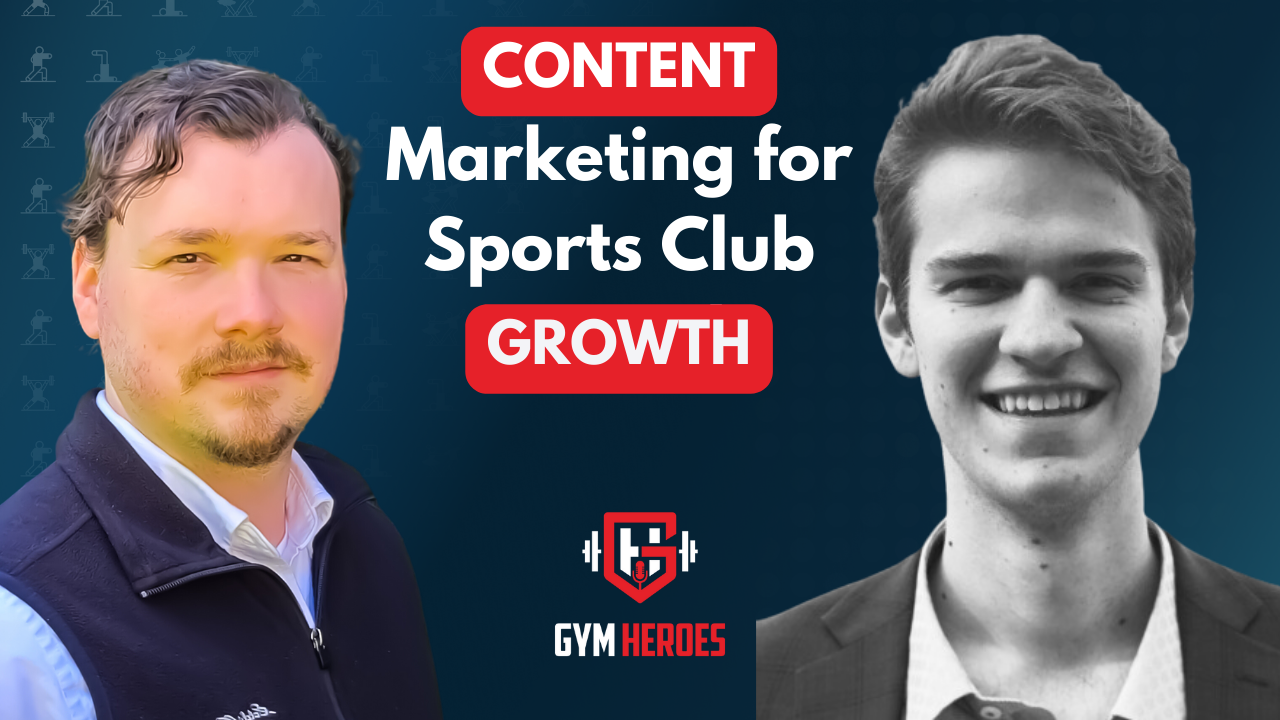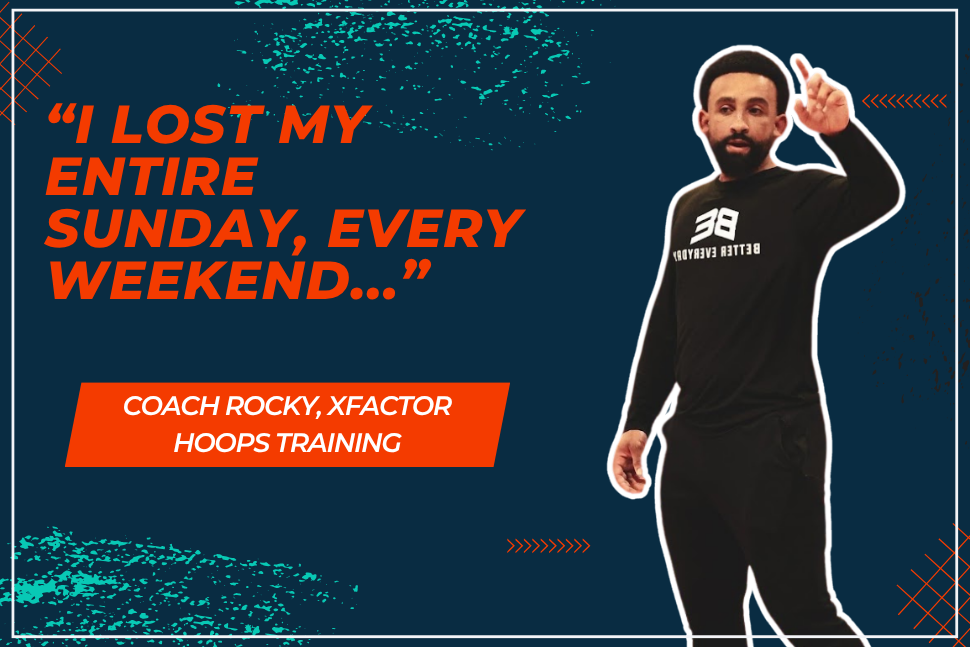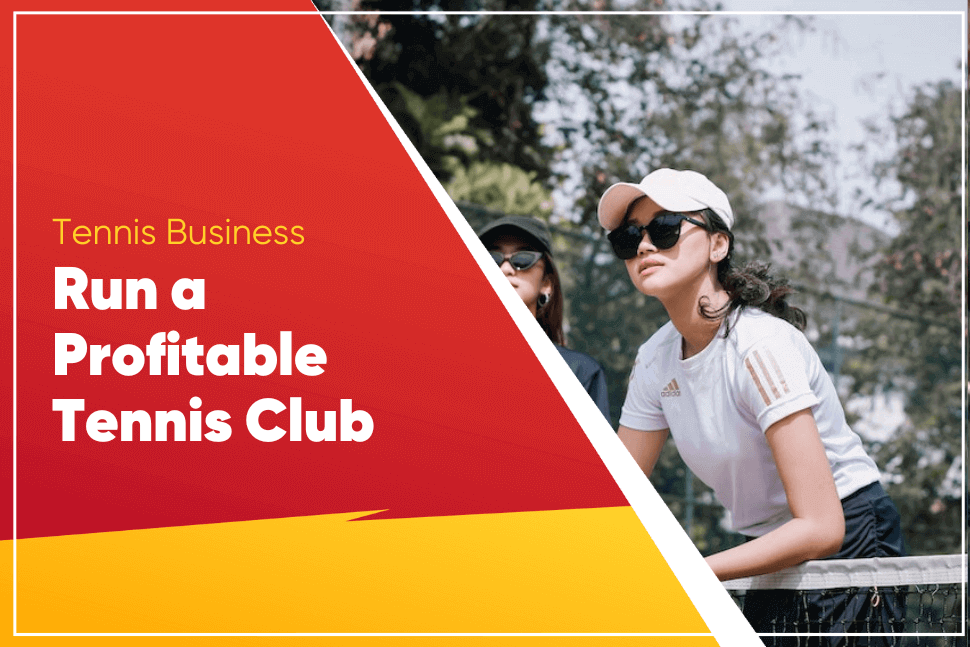Our hero today is Jake Krantz, a marketer and co founder of the Uncle Charlie Agency, who works with sports clubs to grow their memberships among other businesses. In this episode, Jake reveals how to use sports marketing techniques and content creation to market small local sports academies effectively.
Most importantly, he shares his framework and roadmap for moving from step one to success.
Select Your Content Arena
Choosing a medium that resonates most with you and your brand is crucial. Krantz urges you to identify what sets your club apart, then consistently deliver content that highlights these unique aspects. Reflecting on consistency, Krantz treats it as the cornerstone of a successful content strategy.
Misconception About Production Cost
Dispelling the myth that quality content requires fancy equipment, Kranz and Peacock touch on examples like Starting Strength, which grew its reputation largely through accessible content. An iPhone or a basic camera setup can suffice in the beginning stages of content marketing.
Growth is Gradual
Start small, then scale. The conversation parallels the journey of growing a sports club with fitness progression, positing that consistent small steps lead to significant results over time. Kranz suggests that solo ventures can eventually expand into more collaborative efforts.
Define Success with Content
Not every sports club aims to be the largest, and Kranz highlights the importance of mapping content strategy to your chosen goals, be they retention, brand credibility, or immediate revenue.
Map Out a Strategy
Kranz delves into the framework for successful content, from goal setting and defining unique positions to creating and distributing content in the appropriate channels. Paid ads, especially on platforms like Facebook, are effective for quick revenue, whereas a focus on organic content builds long-term client relations.
Inception to Industry Leader
Starting with one platform and mastering it before expanding is advised. Kranz uses the example of Alex Hormozi, who began with Twitter and scaled up his presence across multiple platforms sequentially, creating a cohesive content ecosystem.
Tailor Content for Each Channel
Each social media platform demands a unique approach to content. Kranz encourages understanding nuances between platforms, ensuring your brand’s message resonates as intended.
Confront Challenges with Tools
Creating content without a dedicated team appears daunting, but Kranz offers solutions like using freelance editors available on Fiverr or Upwork to handle content creation and editing, thereby allowing gym owners to focus on their core business activities.
Adapt Your Club Marketing Strategy for Better Results
Lastly, Kranz advises vigilance in assessing content performance. If the desired goals are not met within a reasonable time frame, it’s time to revisit and adjust your strategy, whether it’s the content itself, the presentation, or the call to action.
Closing Thoughts
The Gym Heroes episode concludes with information on accessing Jake Kranz’s expertise through Uncle Charlie. This rendition of practical insights and wisdom serves as a content marketing playbook for sports clubs looking to harness the full power of their brand identity and grow sustainably.
Listeners can find Jake Kranz through his sports marketing agency, Uncle Charlie.
 Gym Owner Statistics: The State of Gyms, Member Trends, and Usage Data
Gym Owner Statistics: The State of Gyms, Member Trends, and Usage Data



